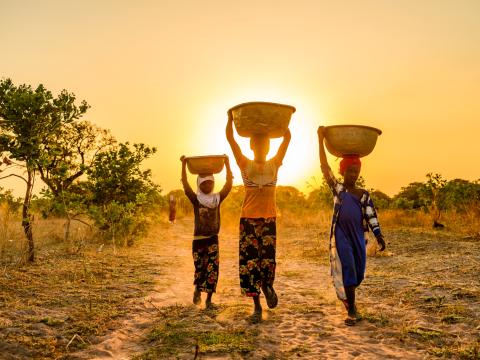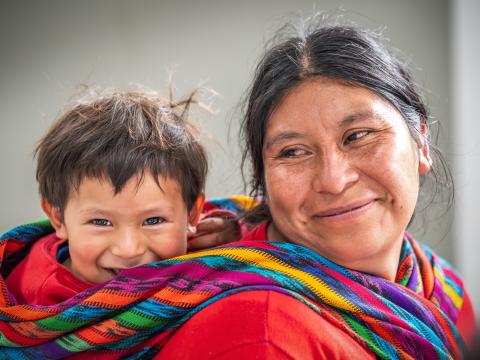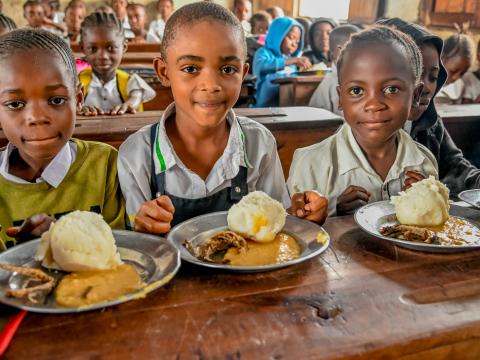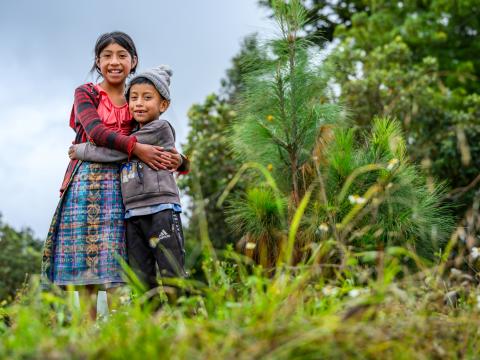
For Jobs That Last, Invest in Peace for Children
October 16, 2025.
Clynton Beukes, Director of Fragile Context Programming and Peacebuilding, shares why child-focused peacebuliding is critical for the World Bank.
The World Bank’s Jobs agenda is both ambitious and necessary. Yet in fragile and conflict-affected contexts, it faces a critical blind spot: no jobs strategy can thrive amid violence. Economic transformation cannot take hold where conflict destroys infrastructure, disrupts education, and erodes trust, where children grow up traumatised, excluded, and afraid. Thus, the new Fragile, Context, and Violence (FCV) strategy, while focused on this agenda, must address ways in which investment can help children and continue the bank's critical funding of peacebuilding.
The Missing Piece in the Jobs Equation
The Institute for Economics and Peace found that in 2024, the global economic impact of violence reached $19.97 trillion, equivalent to 11.6% of the world's economic activity. Military and internal security spending accounted for more than three-quarters of that staggering figure. Imagine if even a fraction of those resources were channelled into child-focused peacebuilding, protecting children, restoring community cohesion and investing in the human capital that tomorrow’s economies depend on.
The cost of conflict is not only measured in currency. 2024 was one of the worst years on record for children in conflict, with unprecedented numbers displaced, injured, or out of school. Take the West Bank as an example. The current situation has severely disrupted communities and childhoods. By late 2024, GDP had fallen by 22%, unemployment had reached 35%, and one in three people were living in multidimensional poverty. Behind these numbers are children facing hunger, fear, and uncertainty. A World Vision survey, The Unseen Crisis: Childhoods Shaped by Conflict and Poverty in the West Bank, found that 70% of children were skipping meals and experiencing rising anxiety and withdrawal. As Dalal, aged 12, put it:
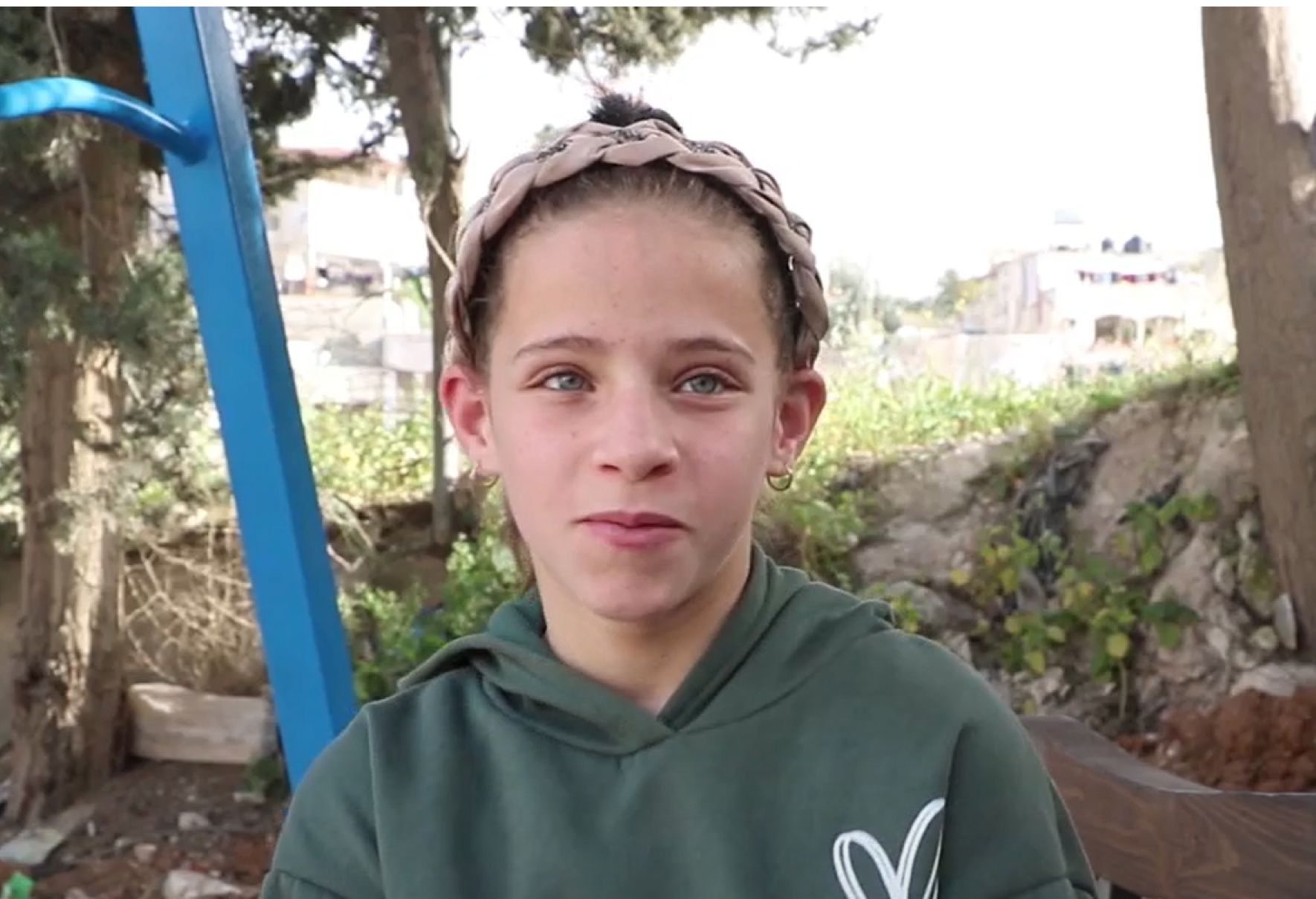
"I feel fear and uncertainty as I watch children lose their right to safety, to play, and to learn…things every child deserves".
Her words are a stark reminder that without safety and hope, economic recovery is little more than an illusion. Each of these children represents lost potential and delayed growth. Conflict undermines the very skills, health, and social cohesion that sustain economies.
When Conflict Undermines Growth
Even before the pandemic, International Development Assistance (IDA) countries needed around 20 million new jobs annually to meet youth labour demand. COVID-19 and subsequent crises have since pushed an additional 97 million people into poverty, intensifying already fragile labour markets.
By 2030, two-thirds of the world’s extreme poor may live in fragile or conflict-affected settings (FCV), where instability stifles firm growth, deters investment, and destroys the human capital the jobs agenda seeks to unlock. Without peacebuilding, these goals will remain out of reach.
If the jobs agenda is to deliver lasting results, it must integrate child-focused peacebuilding, an investment not only in stability but in the very workforce that will sustain future growth.
What Works: Child-Focused Peacebuilding That Pays Off
Protect and Educate: Community-based child protection and accelerated learning programmes keep children in school and out of armed groups. Safe-school initiatives reduce recruitment risks and preserve access to education, the backbone of long-term productivity.
Support Mental Health and Wellbeing: Early investment in mental health and psychosocial support (MHPSS) improves learning outcomes and employability. Addressing trauma is not a side issue; it is a core economic strategy to build the resilience and cognitive capacity essential for tomorrow’s workforce.
Empower Youth: Pairing livelihood training with civic engagement and violence prevention transforms adolescents from high-risk to high-impact contributors. These “peace dividends” strengthen communities and foster sustainable economic participation.
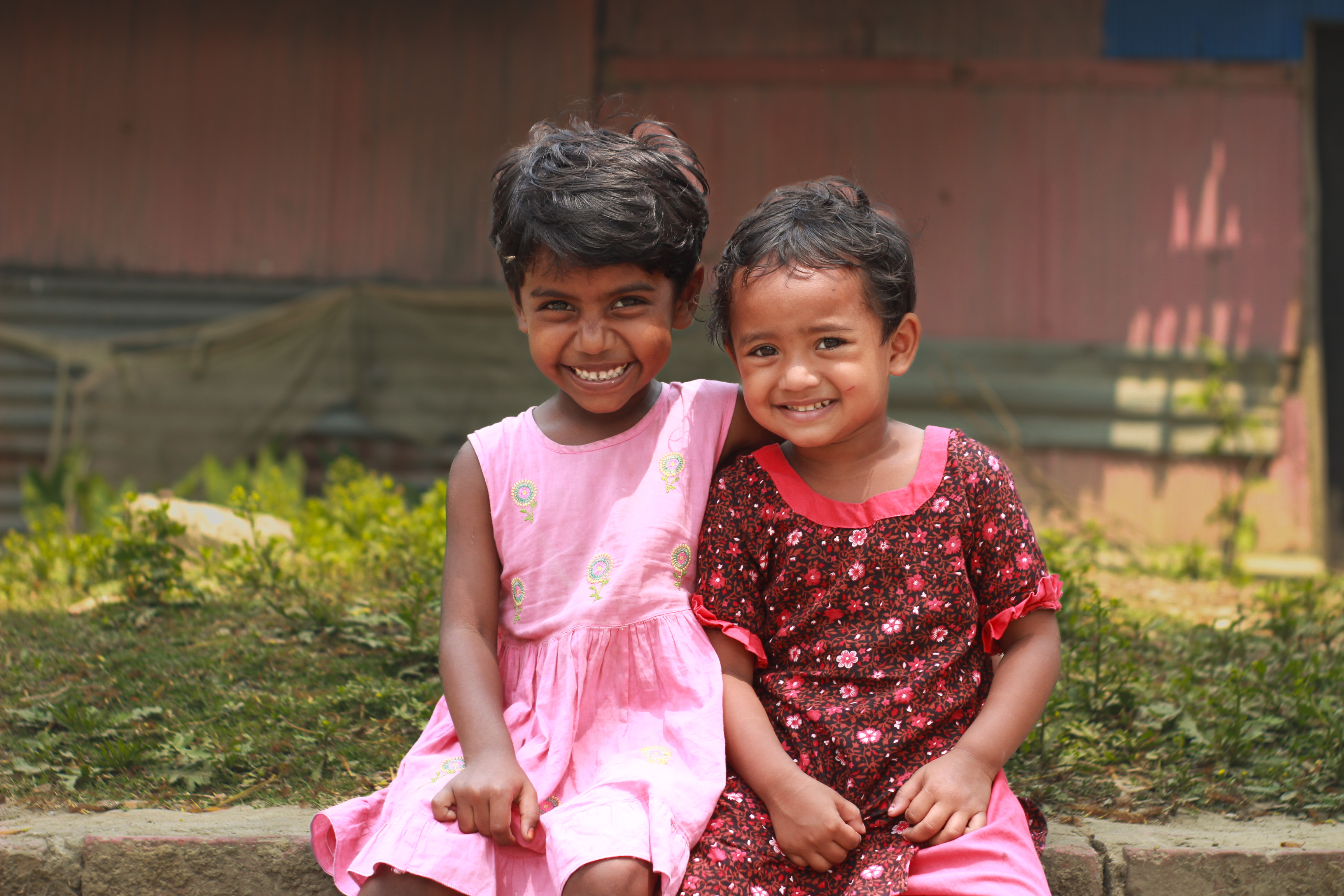
Three Opportunities for the World Bank
To align peacebuilding with its development vision, the World Bank can take three pragmatic steps:
- Create a Child & Peacebuilding Window within IDA’s FCV envelope: Ring-fence financing for prevention and ensure child-sensitive conflict analysis informs all FCV pipelines and Country Engagement Notes.
- Make “Peace for Children” a core component of the Jobs agenda area: Integrate peacebuilding outcomes within performance frameworks to demonstrate how child wellbeing drives stability and productivity.
- Ensure the upcoming FCV strategy outlines the importance of investing in children
- Champion prevention as a smart economic investment: Incorporate the 13.5% global GDP cost of violence into economic modelling to show that peacebuilding is not only ethical it’s fiscally sound.
A Way Forward
Without peace for children, the promise of the sustainable jobs and inclusive growth) will falter. However, with targeted, child-focused peacebuilding, the World Bank can reduce the economic drag of violence, strengthen social cohesion, and build the workforce of the future in fragile and conflict affected contexts.
Peace for children is the missing link between recovery and resilience, between temporary employment and enduring prosperity. The path to decent work and lasting growth does not begin with infrastructure or trade reform; it begins with the protection, healing, and empowerment of the next generation.
Clynton Beukes is an international development professional with 13 years of broad-based humanitarian, development and peace expertise. He leads World Vision's global approach to fragile context programming, including peacebuilding and conflict sensitivity. He also leads World Vision's external engagement on the Humanitarian Development Peace Nexus (HDPN). He has worked for World Vision in Syria, Türkiye, Jordan, Lebanon, Papua New Guinea, and Myanmar.
